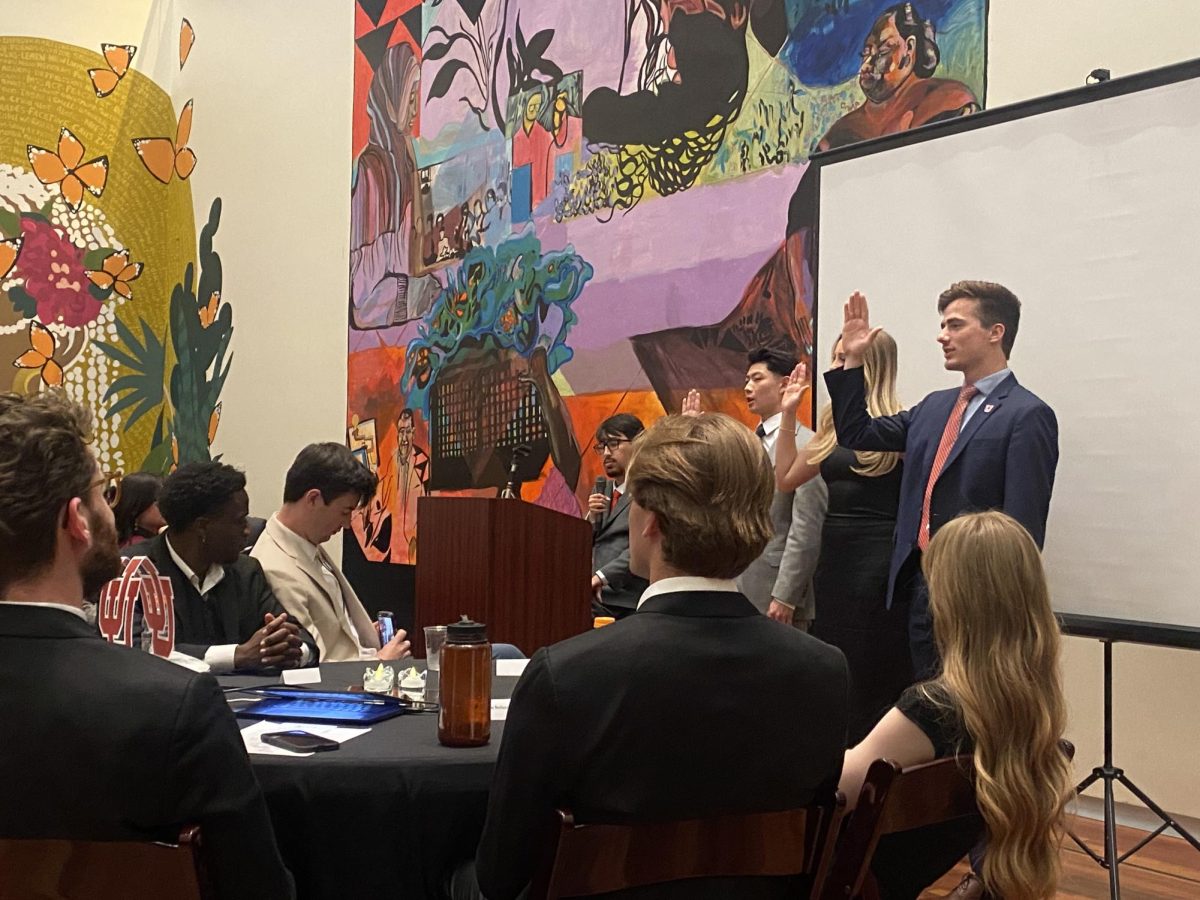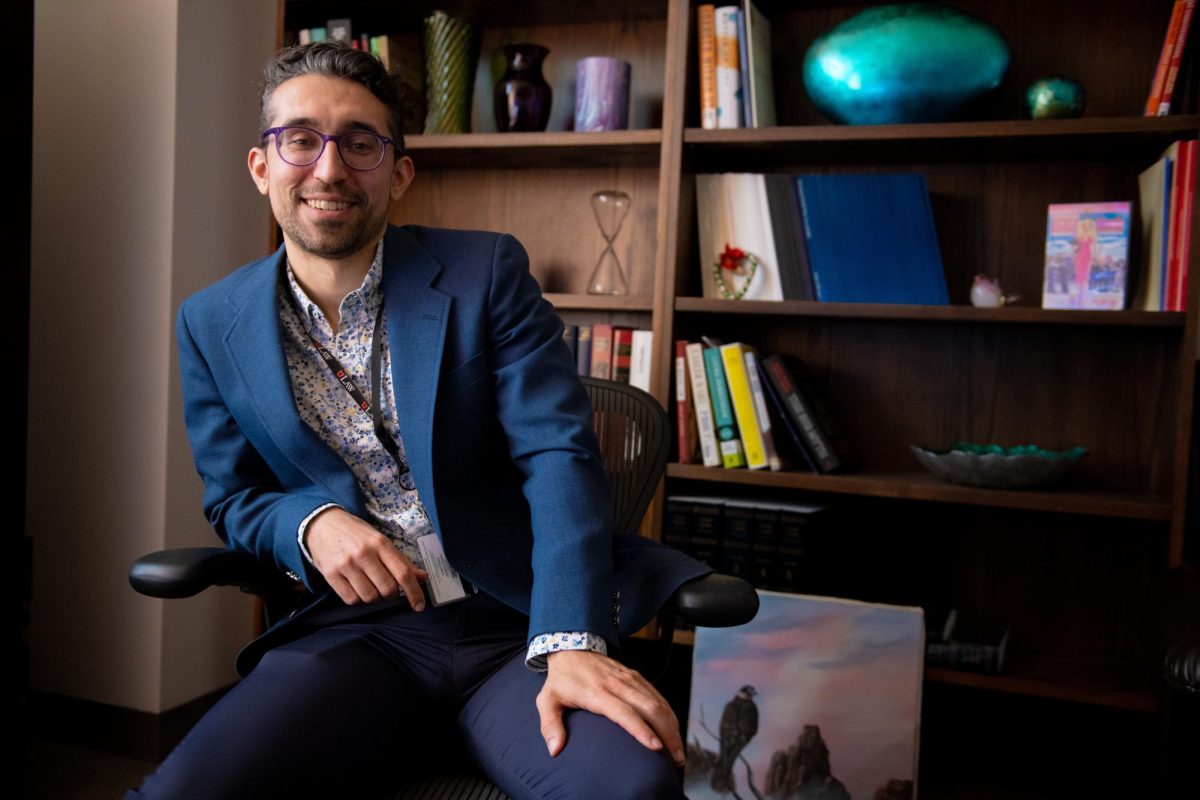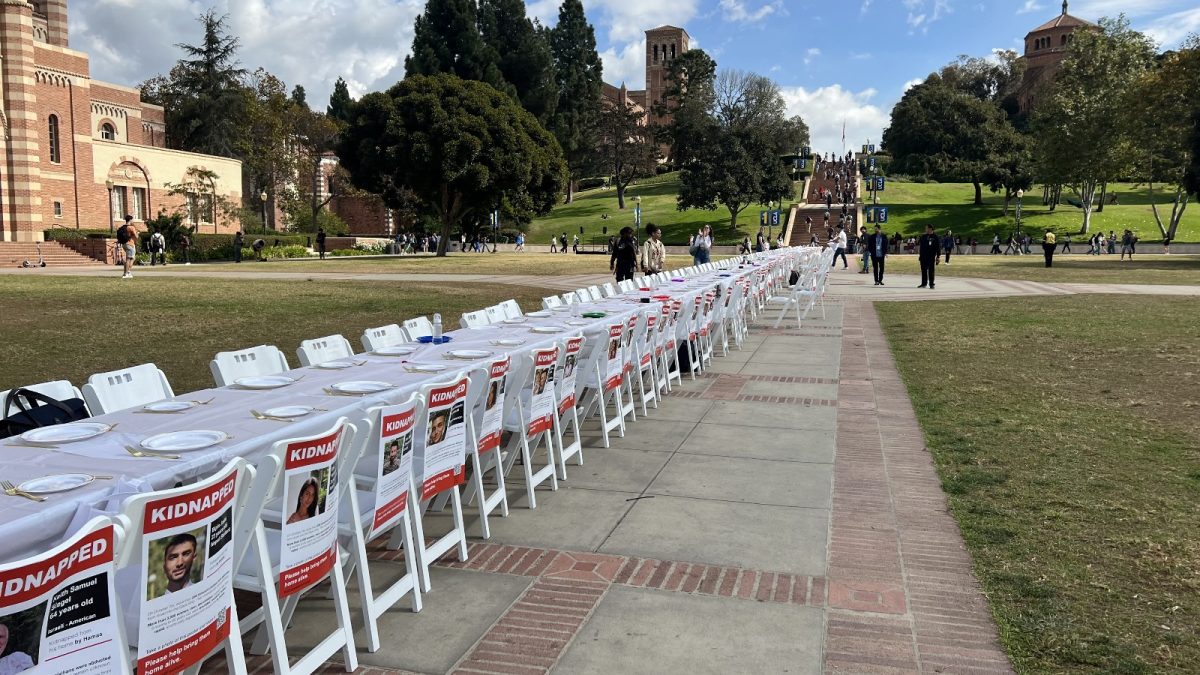Accommodating for students with disabilities is as much a diversity issue as gay rights or racial discrimination, said Joe Pete Wilson, director for the Center for Disability Services.
He said he hopes to make this statement apparent during Disability Awareness Week, which began Monday.
This week’s goal is “making people aware that someone with a disability is similar to you in many more ways than they are different,” Wilson said.
Disability Services has teamed up with the Women’s Resource Center and Students Together Able Not Disabled (STAND) to help promote awareness of the different kinds of disabilities.
Not everyone who has a disability is in a wheelchair.
The center helps to accommodate students who have learning or psychological disabilities, Attention-deficit/Hyperactive Disorder and medical conditions.
Wilson said he worries that because such disabilities are not always obvious, help for this group of students might not be offered as much.
He said that someone could easily recognize when a student using a wheelchair is having difficulty keeping a door open, but teachers may not immediately identify a student with a learning disability.
“That person’s struggle in the classroom is pretty hard to understand or relate to,” Wilson said.
To help accommodate all students, the center has spent between $30,000 and $35,000 over six months to build a new computer lab, Wilson said.
“The great thing about the lab is that the money didn’t just come out of our budget,” he said. The university, and Student Affairs in particular, donated funds.
The lab has machines that can take off a book’s binding, scanners that load the pages onto a computer and software that reads the text to students.
Though this technology is currently only available to students with a disability, other labs might have similar programs available for non-disabled students.
“Other labs are just learning about software like this through our effort,” Wilson said.
All students will be able to see the lab this Friday during the center’s open house.
The open house is one of three events going on this week to raise awareness and understanding.
For more information, visit the center in Union Room 162 or go to http://disability.utah.edu.
How to interact with a person who has a disability
General Etiquette:* Don’t try to avoid common idioms like “see,” “walk” or “hear.” Being overly conscious of a person’s disability can cause discomfort and awkwardness for both of you.* Call the person by his/her first name only when doing so for all those present.* When introduced, offer to shake hands. People with limited hand use or artificial limbs can usually shake hands.* Don’t assume that a person with one disability also has others. * Use a normal tone of voice. If he/she cannot hear or understand you, he/she will let you know.* Ask if the person wants assistance before you help.
People who have hidden disabilities:* Hidden disabilities include learning disabilities, Attention-deficit/Hyperactive Disorder, psychological or psychiatric disabilities, or medical conditions.* It is important not to infer judgments on the person or to expect a particular behavior.
People with Speech Difficulties:* Listen attentively.* Ask short questions that require a short answer or a head nod.* Don’t pretend to understand when you don’t. Repeat what you don’t understand.* Rather than speak for the person, allow extra time for him/her to respond and give help only when needed.* Speak normally and clearly. Don’t overemphasize or distort your lip movement.
People who use wheelchairs:* Ask if he/she would like assistance before helping.* Don’t lean on a person’s wheelchair. It is part of his/her personal space.* Kneel or sit to match his/her eye level if the conversation lasts more than a few minutes.
People who are blind or have low vision:* Offer your arm at or above the elbow so you guide rather than propel.* Always identify yourself and others who may be with you.* Use his/her name when starting a conversation. Let him/her know when you need to leave.* When offering a seat, place his/her hand on the back or arm of the seat.
People who are deaf or have low hearing:* When communicating, stand directly in front of him/her, face a light source and maintain eye contact.* A hand wave or a gentle shoulder tap are good ways to establish visual contact.* Don’t shout or cover your mouth.* He/she may try to read your lips. Don’t assume everyone can do so. If asked, write your message down legibly.* Speak directly to the person. Don’t speak to the interpreter.* Learn American Sign Language.Information provided by Stephanie Piani and Christine Anderson











